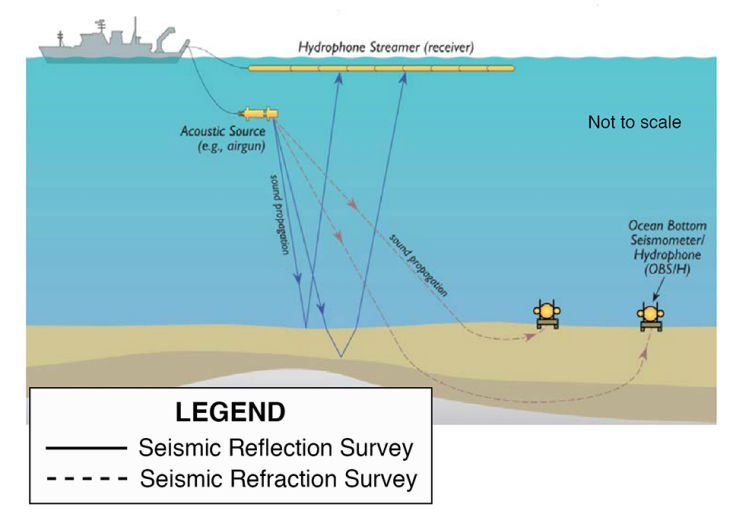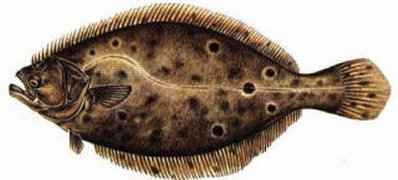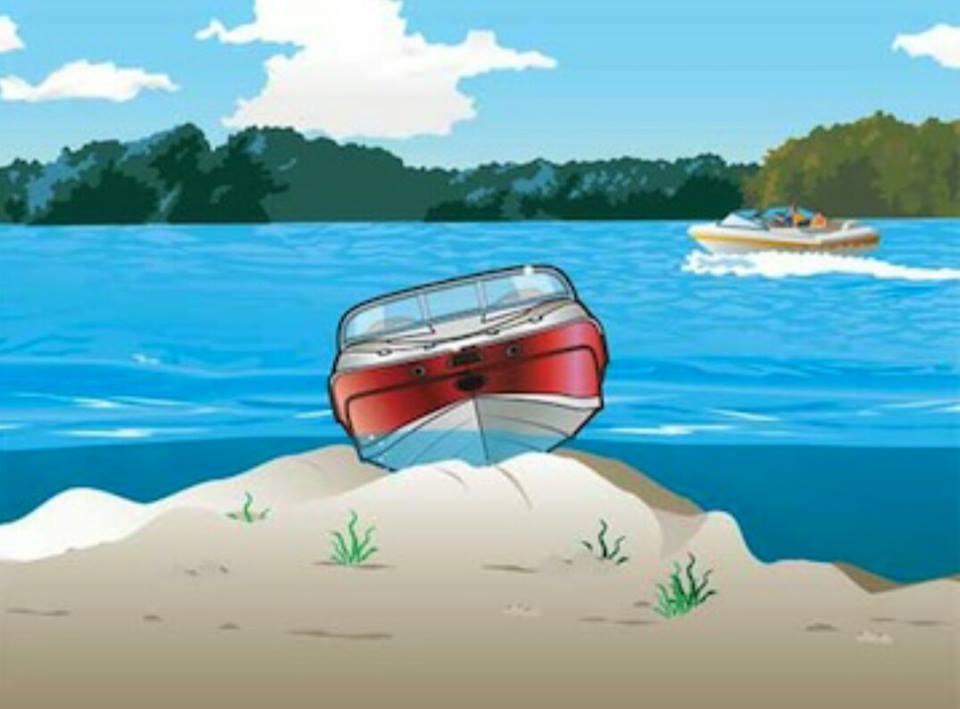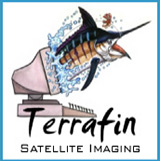- Details
-
Category: Fishing News
-
Published: Monday, 25 August 2014 08:54
-
Written by Press Of AC WALLACE McKELVEY Staff Writer
-
Hits: 17503
Federal regulators have approved a second major seismic project off New Jersey, prompting further outcry from the state’s environmental community.
The vessel the U.S. Geological Survey is using to send pulses of sound into the sea floor from a 36-gun array was already 250 miles off Delaware on Sunday afternoon. The project, which began Saturday, will map the continental shelf — which could have ramifications in maritime law and commerce — and measure potential tsunami hazards from 100 to 300 miles off the East Coast.
This project uses the same ship, the Marcus G. Langseth, as a Rutgers University-led project that came to a halt earlier this month due to mechanical failure. But the USGS survey’s scope and scale is much larger: the Rutgers project used four guns 15 miles off Long Beach Island.
“The only good thing is that they’re using the same ship, so hopefully it keeps breaking down,” said Robert Schoelkopf, executive director of the Marine Mammal Stranding Center in Brigantine.
A broad coalition of environmentalists, fishermen and politicians have come out in opposition to seismic testing this summer because of potential impacts to marine life and the various industries that rely upon it. Seismic researchers, many of them geologists and oceanographers, say protections are in place for sea creatures and that their work would help us learn about long-range threats, such as sea level rise.
State officials, who could not be reached for comment Sunday, took their objections over the Rutgers project to court, but it remains unclear if they will do the same for the USGS project in federal waters.
“The bottom line is there’s enough marine life out there that would be impacted by any type of testing, particularly if it’s more powerful than the Rutgers project,” said Ray Bogan, a spokesman for several fishing groups, including the state chapters of the Marine Trades Association and United Boatmen.
The Langseth left New York harbor Wednesday prior to the approval of its permit through the National Oceanic and Atmospheric Administration and began using its air guns Saturday.

Deborah Hutchinson, one of the lead USGS researchers, said operating in the Gulf Stream is challenging, particularly with regard to capturing images of the sea floor, but she believes the experienced crew will overcome any technical challenges.
Weather and heavy seas are another hurdle, with the air gun array towing behind the ship.
“We have our eyes on the eventual path of Tropical Storm Cristobal,” Hutchinson said. “If the storm path crosses our work area, the captain has final say when to recover the towed equipment, which would otherwise limit the ship’s maneuverability and pose a safety hazard.”
Hutchinson said the observers will monitor the area for marine mammals and endangered species and have the “complete, independent authority” to power down or complete shut down the seismic equipment.
“This strategy avoids, to the extent possible, exposing the animals to loud sounds,” she said.
Greg Mountain, the Rutgers professor who led the project off Long Beach Island, said the Langseth’s mechanical failures had all been addressed by last week. The USGS team left early to test their equipment in anticipation of receiving their permit, he said.
According to the NOAA permit, the USGS will be allowed to operate through September and again from April through August of 2015. The researchers are authorized to “take,” or inadvertently disrupt, a total of 19,428 protected animals over the two periods. The project is authorized to take 166 sperm whales and 499 bottlenose dolphins, as two examples.....................
Read More And Full Article Here
Contact Wallace McKelvey: This email address is being protected from spambots. You need JavaScript enabled to view it.
- Details
-
Category: Fishing News
-
Published: Friday, 04 April 2014 09:13
-
Hits: 16077
 At today's meeting of the NJMFC the following was voted on and approved:
At today's meeting of the NJMFC the following was voted on and approved:
Fluke - 5 fish, 18" size limit open 5/23, -9/27
Sea bass - 12 ½” size limit, 15 fish bag limit from 5/19 – 6/30, 3 fish bag limit from 7/1 –8/31, 15 fish bag limit from 9/1 – 9/6 and a 15 fish bag limit from 10/18 – 12/31
Public support was overwhelmingly in favor on the approved sea bass option.
Only 2 members of the public spoke in opposition of the approved fluke regulations. Those two individuals preferred an earlier season.
Also discussed was the possibility of a pilot program for shore based angler to keep 2 16in fluke at IBSP. This program is similar to one Connecticut put in place a few years ago. The council listened to public comment on the program today and will vote on the matter at their next meeting on May 1.




 Effective May 8, the bluefin tuna (BFT) daily retention limits are increased from the default of 1 BFT measuring 27-<73" to the following.
Effective May 8, the bluefin tuna (BFT) daily retention limits are increased from the default of 1 BFT measuring 27-<73" to the following. 
 At today's meeting of the NJMFC the following was voted on and approved:
At today's meeting of the NJMFC the following was voted on and approved:





